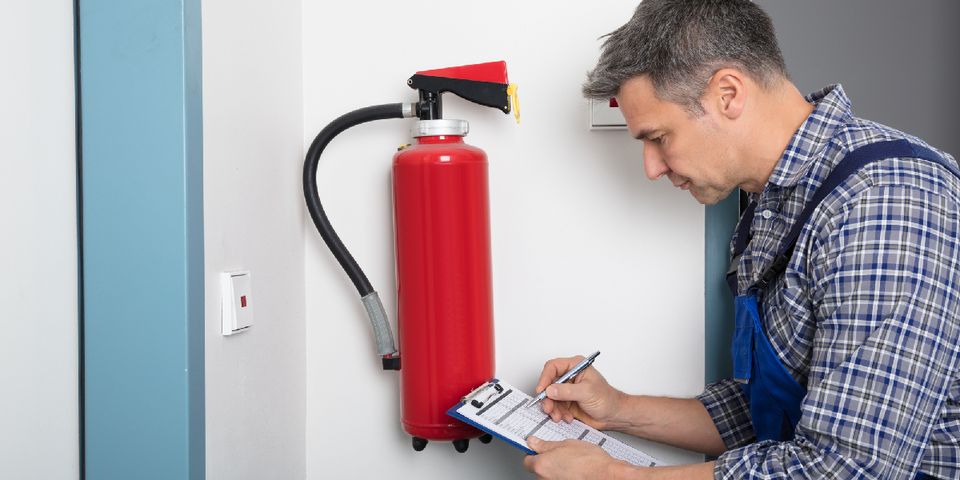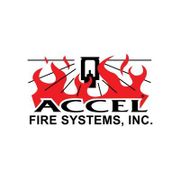
A fire extinguisher is a portable canister filled with dry or wet chemicals used to douse flames. Over the years, this invention has saved countless lives and prevented high amounts of property damage. While you have them present on your commercial property, you may wish to know more about them. Below is a brief look back at the history of this invaluable tool.
Origins and Iterations
The extinguisher was first patented in 1723 by English chemist Ambrose Godfrey. His invention included a fused cask containing fire-retardant liquids and—surprisingly—gunpowder. Users lit the fuse and tossed the container into the blaze, where it exploded and doused the flame with fire-fighting chemicals.
In 1818, the modern extinguisher took shape in England. It was a copper canister containing compressed air and potassium carbonate. This was improved upon 60 years later when an American inventor used chemical reactions between sodium bicarbonate and sulfuric acid to create carbon dioxide, which expelled water from a canister. Over the next 30 years, other fire suppression methods were developed, using CO2 and carbon tetrachloride to douse the flames by excluding oxygen.

Throughout the 20th Century, various developments occurred. They enable extinguishers to tackle grease, electrical, and flammable gas fires, as well as traditional types of combustion. Today, these tools are split into five classes, depending on the kind of flame they fight: A, B, C, D, and K.
The Importance of Using the Right Type
Using the right kind of extinguisher prevents spreading the flames instead of dousing them. The various types are:
- Class A: Work on wood, paper, and other ordinary combustibles.
- Class B: Reserved for flammable liquids and gasses, like paint and propane.
- Class C: Used for electrical fires and equipment.
- Class D: Helpful for combustible metals like potassium and magnesium.
- Class K: Good for cooking oils, animal fats, and other kitchen applications.
Fire Extinguisher Use
To use a fire extinguisher, use the PASS method: Pull, Aim, Squeeze, Sweep. Pull the pin to release the handle, and aim the hose at the base of the flame. Squeeze the lever firmly, and sweep the nozzle from side to side.
Where you should store extinguishers will depend on their classification. Keep Class K types near the kitchen and Class A tools in offices and other areas containing paper, cardboard, and wood furniture. Class B varieties belong in workshops, garages, and other places where you store flammable liquids or gases. Place Class C extinguishers near energized electrical equipment. Keep Class D types wherever you produce metal shavings, powders, or flakes.
If your business needs fire extinguishers or other fire suppression services, contact the experts at Accel Fire Systems in Anchorage, AK. They have served the region for more than 20 years, offering 24/7 services for equipment installation, sprinkler systems, and backflow prevention. They are renowned for their vast industry expertise and meticulous attention to safety protocols. Visit the website to learn more about their inventory of fire extinguishers, and call (907) 349-1490 to schedule an installation.
About the Business
Have a question? Ask the experts!
Send your question

